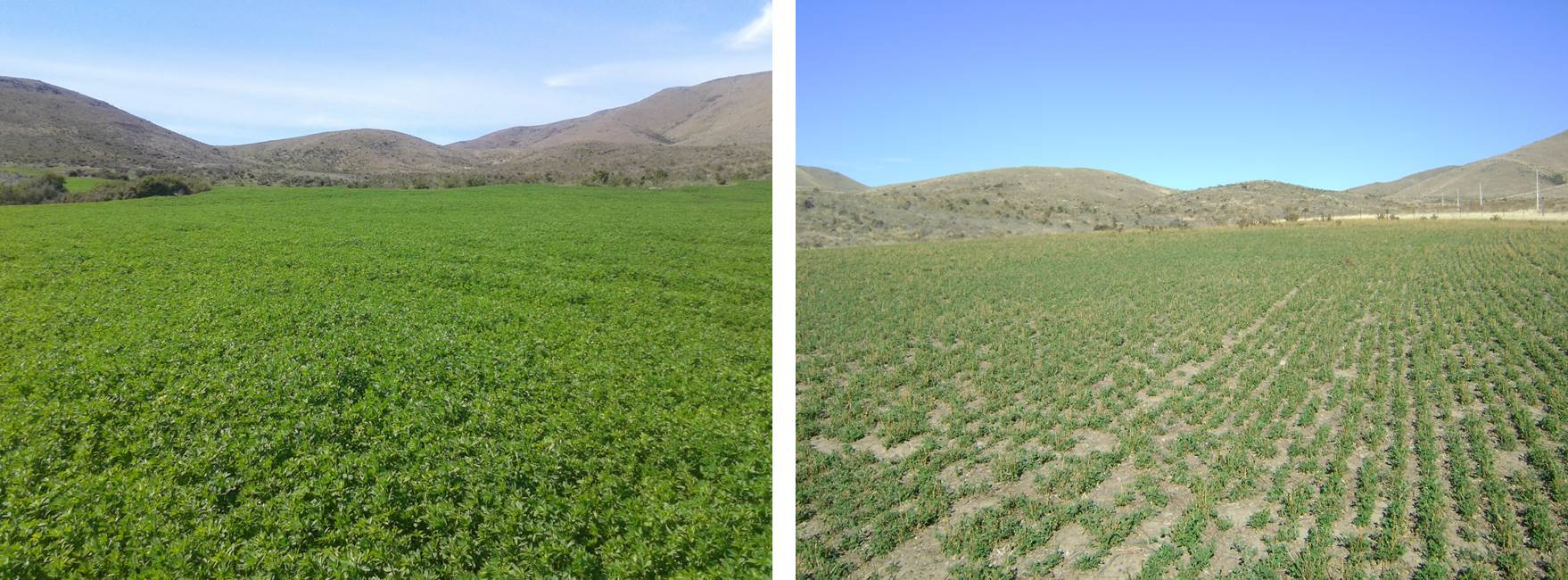Posted on behalf of Lisa at Bog Roy Station
Since our last blog, autumn has finally arrived, along with a very welcome inch of rain last week.
Prior to the rain, feed levels were getting very tight. All the lucerne and lucerne mix paddocks have had at least a six week spell, and since all grazed off – some with lambs, others with lighter condition scored ewes taken off at weaning. They served the purpose of putting condition back on these ewes, which are now right back up to par again ready for the ram.
Taff’s Corner:
The Ryecorn has, since the rain, revived and started growing again. At this stage it will be used by a mob of ewes when they go to the ram. With heavy dews and active growth, we plan to apply a dressing of urea within the next week. Given how extremely hot and dry this past February was (weeks and weeks of over 35oC), we have been very pleased by how this paddock has held on. We believe the forward planning, early spraying (11 October 2012) and long fallow (three months) contributed hugely to this.


Rough Gully:
The tried and true cocksfoot is proving quick off the mark with growth following the rain, with the lucerne coming along too, albeit a bit slower given the cooler temperatures. This will be high quality feed – perfect for either mating ewes on, or lamb grazing. This pasture mix is, once again, proving itself to be a real winner for the aspect and location on the property.


Shearing Paddock:
The Shearing paddock had its annual six week rest, with all flowering well. It was then all grazed with lambs, before the flowered lucerne lost too much quality. This wilted feed, with high dry matter, is great fuel for feeding lambs. Given the time of the year, regrowth has been slower with the lucerne, but as expected. Feed quality and quantity will be assessed towards the end of April – i.e. if there is reasonable quantity of healthy, disease-free lucerne (therefore low in oestrogen levels), it may be used as mating feed. Given where we live and time of mating (25th April), we feel we need to be very careful with the lucerne management, given the risk of early frost damage, deteriorating feed quality and disease. If it isn’t suitable for mating on, it will be used for the lambs. This in itself however, has a useful effect of freeing up other areas on the farm that are good for mating.


